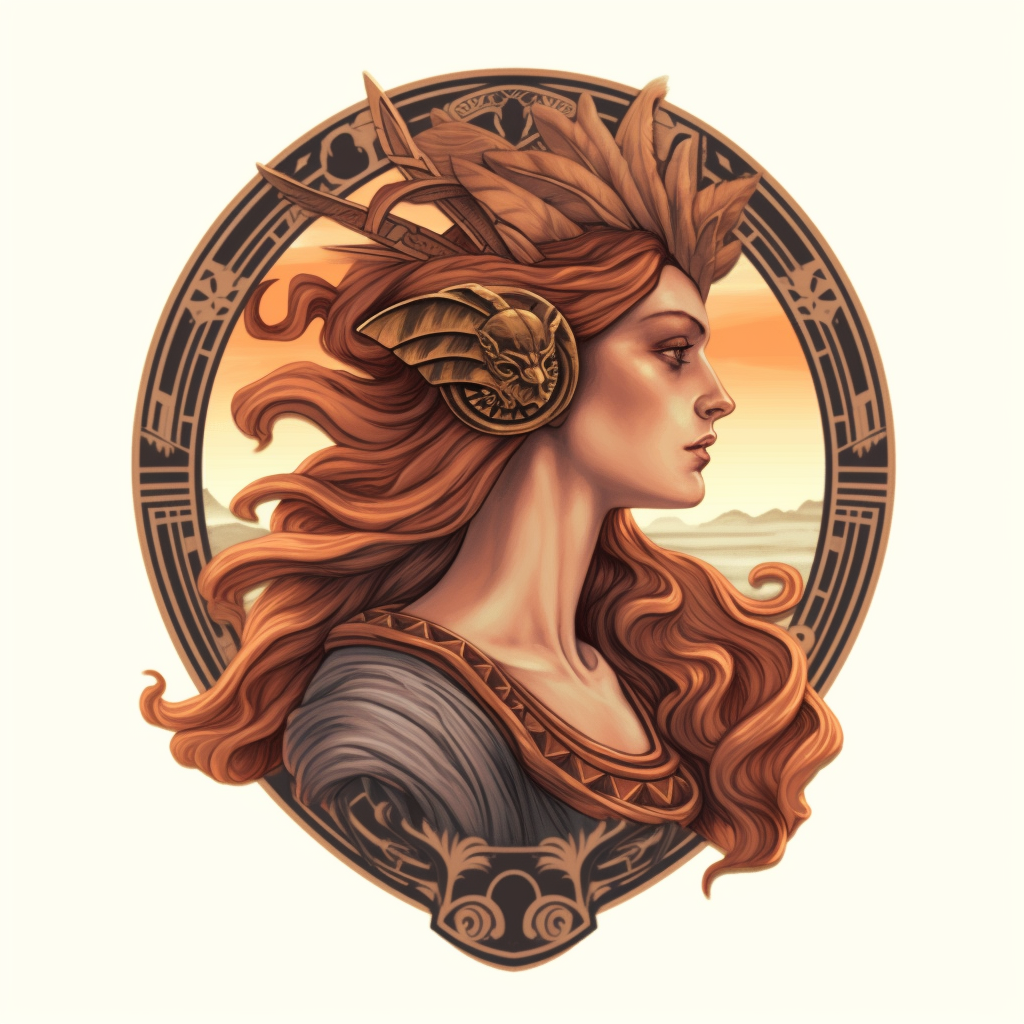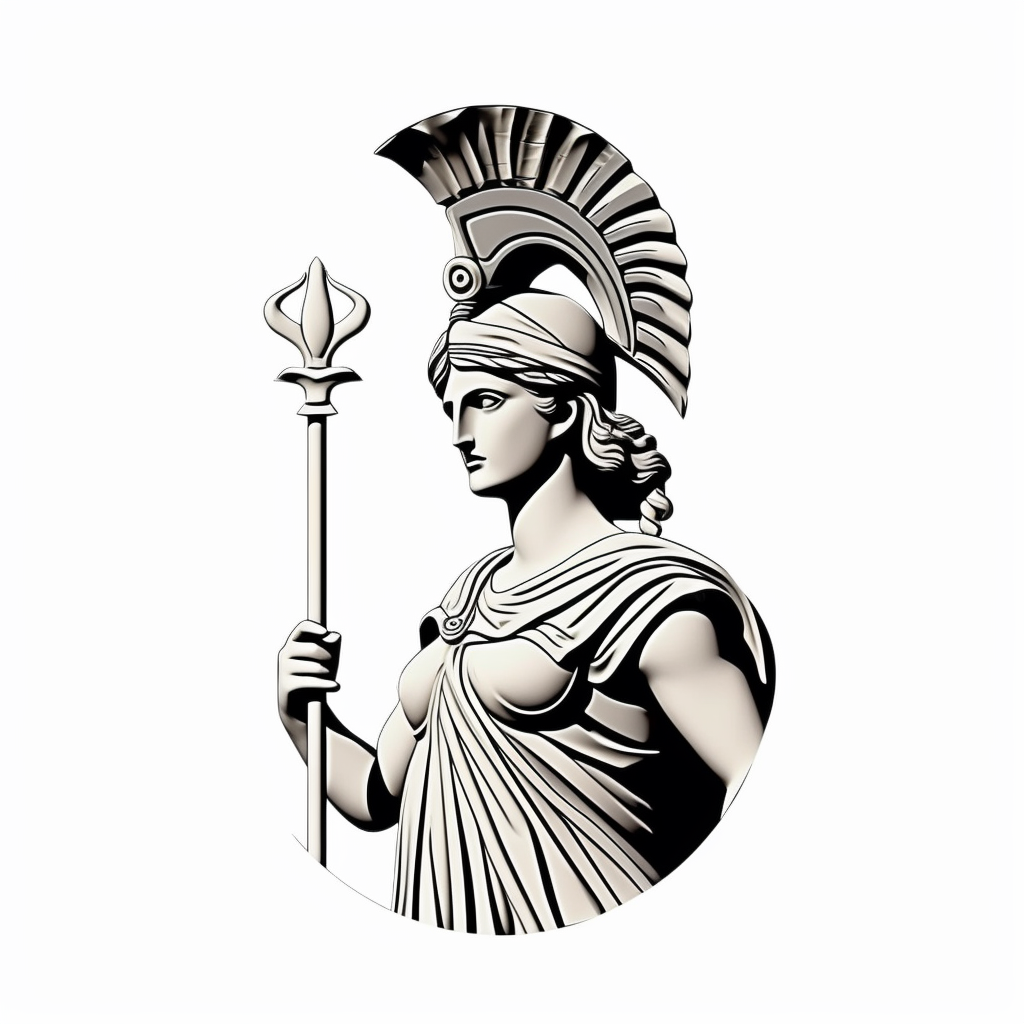
Greek mythology is rich with fascinating goddesses, each embodying different aspects of life, nature, and human experience. Here are some of the most prominent Greek goddesses, along with detailed descriptions of their attributes and significance:
1. Hera
- Role: Queen of the gods, goddess of marriage and family.
- Symbols: Peacock, cow, wedding ring.
- Attributes: Hera is known for her jealous and vengeful nature, particularly towards Zeus’s lovers and illegitimate children. She is often depicted as a regal and majestic figure, representing the sanctity of marriage and loyalty.
2. Athena
- Role: Goddess of wisdom, warfare, and crafts.
- Symbols: Owl, olive tree, helmet, and shield.
- Attributes: Born from Zeus’s forehead, Athena represents strategic warfare and intellect rather than brute strength. She is also the patroness of various crafts, particularly weaving. Athena is often depicted in armor and is associated with the city of Athens, which is named in her honor.
3. Artemis
- Role: Goddess of the hunt, wilderness, and childbirth.
- Symbols: Bow and arrow, deer, moon.
- Attributes: Twin sister of Apollo, Artemis is often portrayed as a fierce and independent huntress, protector of animals and women in childbirth. She embodies the wild aspects of nature and is associated with the moon.
4. Aphrodite
- Role: Goddess of love, beauty, and desire.
- Symbols: Dove, swan, rose.
- Attributes: Born from the sea foam, Aphrodite is the epitome of beauty and romantic love. She often has a playful and mischievous personality and is involved in many myths surrounding love affairs, both divine and mortal.
5. Demeter
- Role: Goddess of agriculture, harvest, and fertility.
- Symbols: Wheat, cornucopia, torch.
- Attributes: Demeter governs the cycles of nature and the seasons. Her most famous myth involves her daughter Persephone, whose annual descent into the Underworld causes winter, while her return brings spring and renewal.
6. Persephone
- Role: Goddess of the underworld and springtime.
- Symbols: Pomegranate, torch, spring flowers.
- Attributes: Daughter of Demeter, Persephone represents the duality of life and death. Abducted by Hades to be his queen, her story explains the seasonal cycle and the connection between life, death, and rebirth.
7. Hecate
- Role: Goddess of magic, witchcraft, and the night.
- Symbols: Keys, torches, dogs.
- Attributes: Hecate is often associated with the darker aspects of magic and the supernatural. She is a protector of witches and the crossroads, embodying the mysteries of the night and the unseen.
8. Nike
- Role: Goddess of victory.
- Symbols: Wings, laurel wreath.
- Attributes: Nike is often depicted as a winged figure who brings victory in both war and peaceful competitions. She is closely associated with Athena and is often seen in art accompanying her.
9. Eris
- Role: Goddess of discord and strife.
- Symbols: Apple of discord, sword.
- Attributes: Eris is known for causing conflict and chaos, most famously for her role in instigating the Trojan War through the golden apple labeled “to the fairest.”
10. Gaia
- Role: Primordial goddess of the Earth.
- Symbols: Earth, fertility symbols.
- Attributes: Often considered the mother of all life, Gaia is a nurturing figure who embodies the Earth itself. She is a central figure in creation myths and is seen as the source of all beings.
These goddesses reflect the complexities of human emotions, societal roles, and the natural world in Greek mythology. Each has her own unique stories, attributes, and significance, contributing to the rich tapestry of ancient Greek culture.
